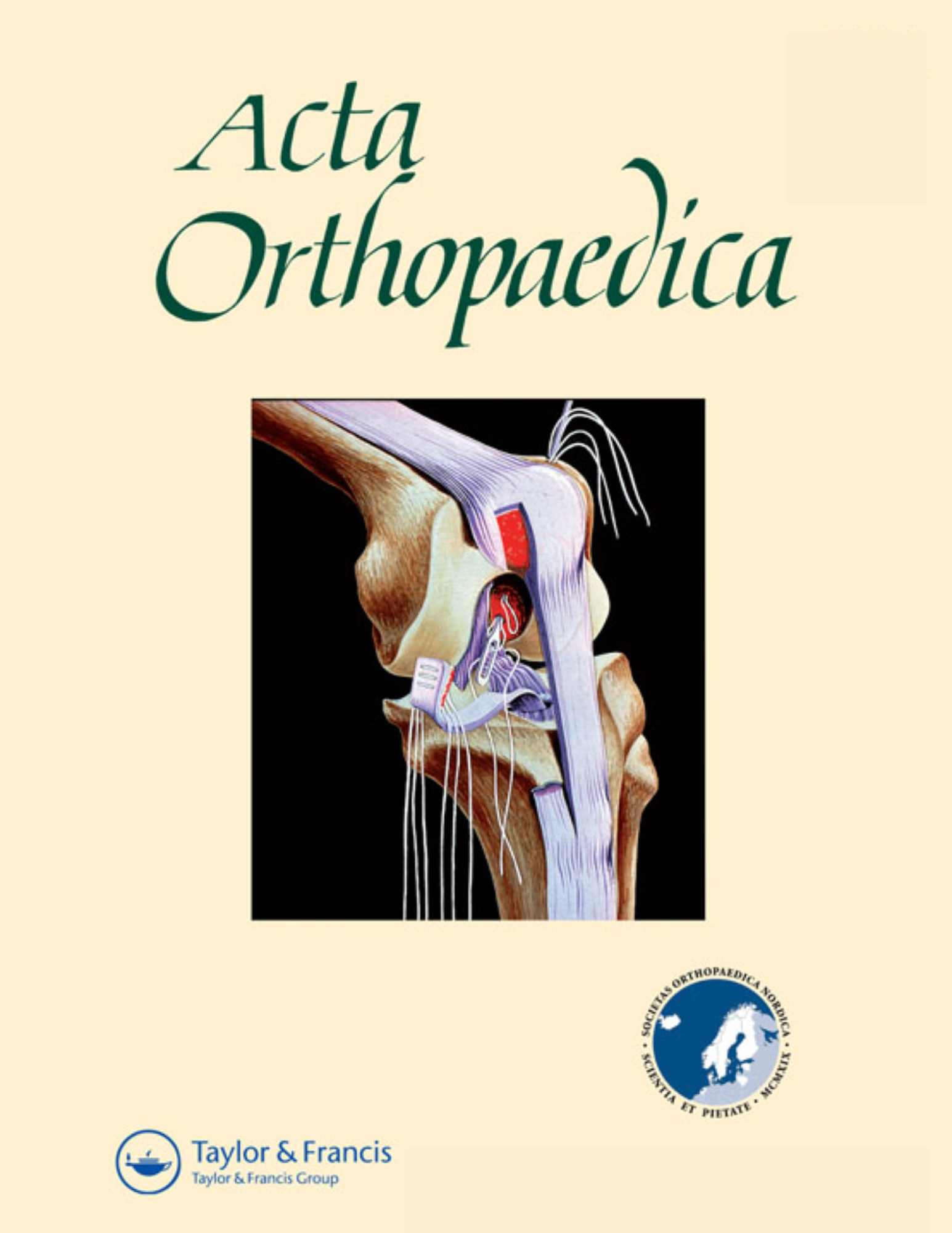
TKA: Similar pain outcomes for local infiltration anesthesia and continuous femoral block

TKA: Similar pain outcomes for local infiltration anesthesia and continuous femoral block
Pain control after total knee arthroplasty: a randomized trial comparing local infiltration anesthesia and continuous femoral block
Acta Orthop. 2011 Aug;82(4):441-7. Epub 2011 May 11Synopsis
40 patients undergoing total knee arthroplasty with spinal anaesthesia were randomized to receive either a local infiltration of anaesthesia or a continuous femoral block. The primary outcome was pain at rest and at movement. The results at 24 hours postoperatively indicated both interventions produced comparable analgesic effect. Local infiltration of anaesthesia may be preferred, because it is more cost-effective and easier to execute.
Was the allocation sequence adequately generated?
Was allocation adequately concealed?
Blinding Treatment Providers: Was knowledge of the allocated interventions adequately prevented?
Blinding Outcome Assessors: Was knowledge of the allocated interventions adequately prevented?
Blinding Patients: Was knowledge of the allocated interventions adequately prevented?
Was loss to follow-up (missing outcome data) infrequent?
Are reports of the study free of suggestion of selective outcome reporting?
Were outcomes objective, patient-important and assessed in a manner to limit bias (ie. duplicate assessors, Independent assessors)?
Was the sample size sufficiently large to assure a balance of prognosis and sufficiently large number of outcome events?
Was investigator expertise/experience with both treatment and control techniques likely the same (ie.were criteria for surgeon participation/expertise provided)?
Yes = 1
Uncertain = 0.5
Not Relevant = 0
No = 0
The Reporting Criteria Assessment evaluates the transparency with which authors report the methodological and trial characteristics of the trial within the publication. The assessment is divided into five categories which are presented below.
4/4
Randomization
2/4
Outcome Measurements
2/4
Inclusion / Exclusion
4/4
Therapy Description
4/4
Statistics
Detsky AS, Naylor CD, O'Rourke K, McGeer AJ, L'Abbé KA. J Clin Epidemiol. 1992;45:255-65
The Fragility Index is a tool that aids in the interpretation of significant findings, providing a measure of strength for a result. The Fragility Index represents the number of consecutive events that need to be added to a dichotomous outcome to make the finding no longer significant. A small number represents a weaker finding and a large number represents a stronger finding.
Why was this study needed now?
Total knee arthroplasty (TKA) can produce severe postoperative pain, which may delay recovery. There are a number of pain treatments present, such as femoral nerve block or epidural analgesia. Local infiltration analgesia (LIA) has become a popular choice in pain management, but its effectiveness has yet to be fully evaluated. This study examines the outcomes of pain when patients undergoing total knee arthroplasty receive either a local infiltration of anaesthesia or a continuous femoral block.
What was the principal research question?
What are the outcomes in pain with an intervention involving a peri- and intra-articular infiltration of anesthesia or a continuous femoral block in patients undergoing total knee arthroplasty at 24 hours postoperatively?
What were the important findings?
- The local infiltration anaesthesia group (Group LIA) reported lower average pain at rest compared to the femoral nerve block group. (Group F) (Group LIA: 1.6, Group F: 2.2)
- 7/19 patients in Group F reported a pain intensity of >7 upon movement compared to only 1/20 patients in Group LIA. (p=0.04, Fisher's exact test)
- Both groups indicated comparable consumption of morphine per kg. (Femoral block: 0.4 (0.3-0.5) mg/kg; LIA: 0.3 (0.2-0.4) mg/kg)
- No adverse events were reported within the 24 hour postoperative study period.
What should I remember most?
Both the local infiltration anaesthesia intervention and the femoral nerve block interventions provided good analgesic effect in patients after total knee arthroplasty. However, local infiltration anaesthesia may be a preferred option, because of its cost-effectiveness and ease of administration compared to the femoral nerve block.
How will this affect the care of my patients?
Both local infiltration anaesthesia and femoral nerve block described in this study provide good analgesia following TKA. However, local infiltration anaesthesia may be a preferred treatment due to lower costs and the ease to perform this technique.
Learn about our AI Driven
High Impact Search Feature
Our AI driven High Impact metric calculates the impact an article will have by considering both the publishing journal and the content of the article itself. Built using the latest advances in natural language processing, OE High Impact predicts an article’s future number of citations better than impact factor alone.
Continue



 LOGIN
LOGIN

Join the Conversation
Please Login or Join to leave comments.